

- Contact Us
- Search
-
Mayflower400 partner destinations:
How the Mayflower prepared for its historic transatlantic voyage
It was truly a journey into the unknown for the passengers and crew who boarded the Mayflower in Plymouth on 16 September 1620.
They were unaware of the horrors the Atlantic Ocean would throw at them, how long they would be at sea, and what awaited them if and when they landed in North America.
As with any long trip, preparation is key - and the colonists had spent many months leading up to their departure gathering provisions and supplies that would last them during their voyage and beyond.
The fact that the Speedwell was deemed unseaworthy right at the last minute must have thrown any plans they had into complete disarray.
One can only image how cramped and crowded conditions would have been on the Mayflower with more than 100 passengers on board and provisions to match.
That the ship made it to its destination at all (albeit slightly off course) is nothing short of a miracle.
What provisions were on board the Mayflower?
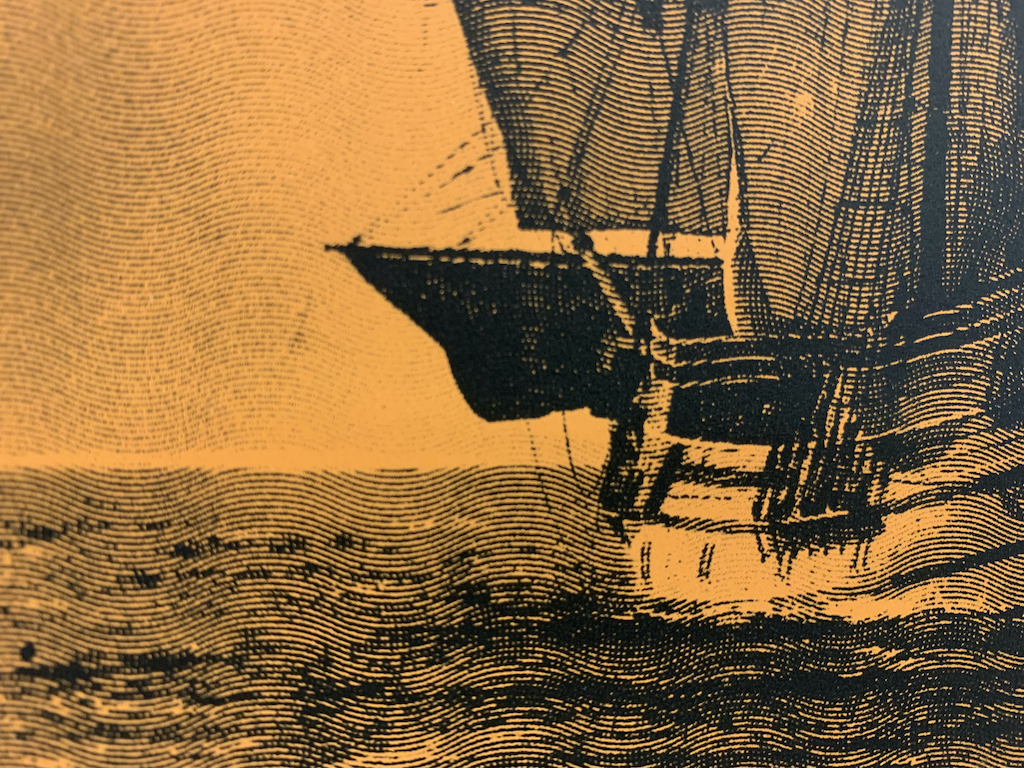
It was thought that the colonists did not document any of the items they took with them, with historians taking an educated guess as to what was on board by using a provisions list put together by Captain John Smith.
Smith was a buccaneer, an explorer, an author and one of the leaders of Jamestown, the first permanent English settlement in America.
He was clearly interested in the Mayflower expedition, writing that 70 gentlemen merchants and tradesmen came together to fund it.
In 2012, Caleb Johnson, Simon Neal, and Jeremy Bangs began to transcribe and study a rare manuscript in the possession of the Massachusetts Society of Mayflower Descendants which it believed was written by one of the investors in the colonist’s joint-stock company.
This historic document contains several lists of suggested provisions that the group should bring with them.
Here are some of the key items believed to have been on board the Mayflower.
What did passengers eat on the Mayflower?
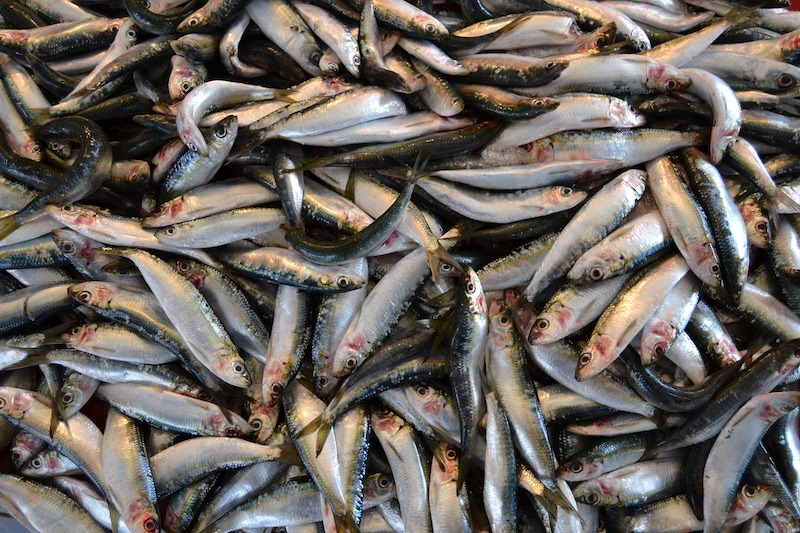
One of the key locations the Mayflower stopped en route to America was Southampton - and it was here that the passengers and crew would have acquired a number of useful provisions.
One notable passenger who was already in the city at this time was John Carver, who would have gone around to the various markets in different parts of the city.
The butchers’ market was on the site of the old friary, and it was called the Butchers’ Shambles, where the group would have got their salted meats, their meats tongues (which is what they called ox tongues) and these would have been preserved in salt so they would survive the voyage.
Carver would have then gone to the fish market, which was at the time in front of St Michael’s Church in St Michael’s Square.
Interestingly, the fish that was being sold in the market had actually travelled from Newfoundland and been salted down to preserve it, so this would have been the type of fish they’d have been picking up to take back to America with them.
Other provisions are likely to have included biscuits, butter, cheese, mustard seed, oats, peas, rice, sweet oil, vinegar and wheat.
They had to eat the food they brought until they could plant and harvest in North America, where they would eventually have also caught and ate fish and wild game.
What did passengers drink on the Mayflower?
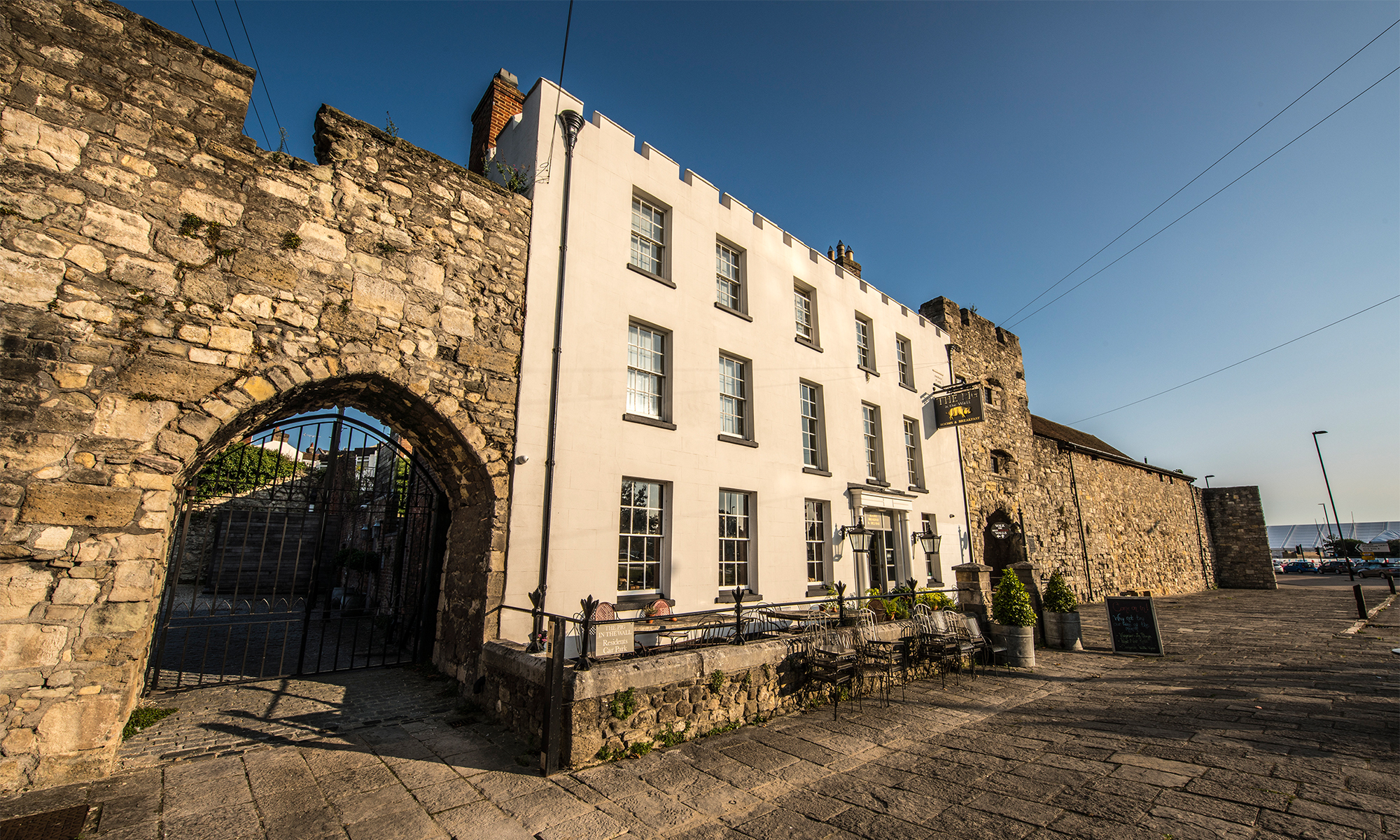
The other thing that people also needed when they were going on these long voyages was to make sure they had things to drink.
Though they could collect rainwater during the journey, water was not as healthy back then as it is today, and so most people liked to take beer or ale on ships.
During the two weeks the group remained in Southampton, they would have had a really good opportunity to stock up.
Beer-making was a big industry in the city, and they used to make it in industrial quantities so that it could be put on the ships and used for voyages.
Just near to West Quay is a place that was known as the Beer House and is now called the Duke of Wellington – and it was here that the Pilgrims would have gone to get not only beer, but also French brandy and Dutch gin.
What did the Mayflower passengers wear?
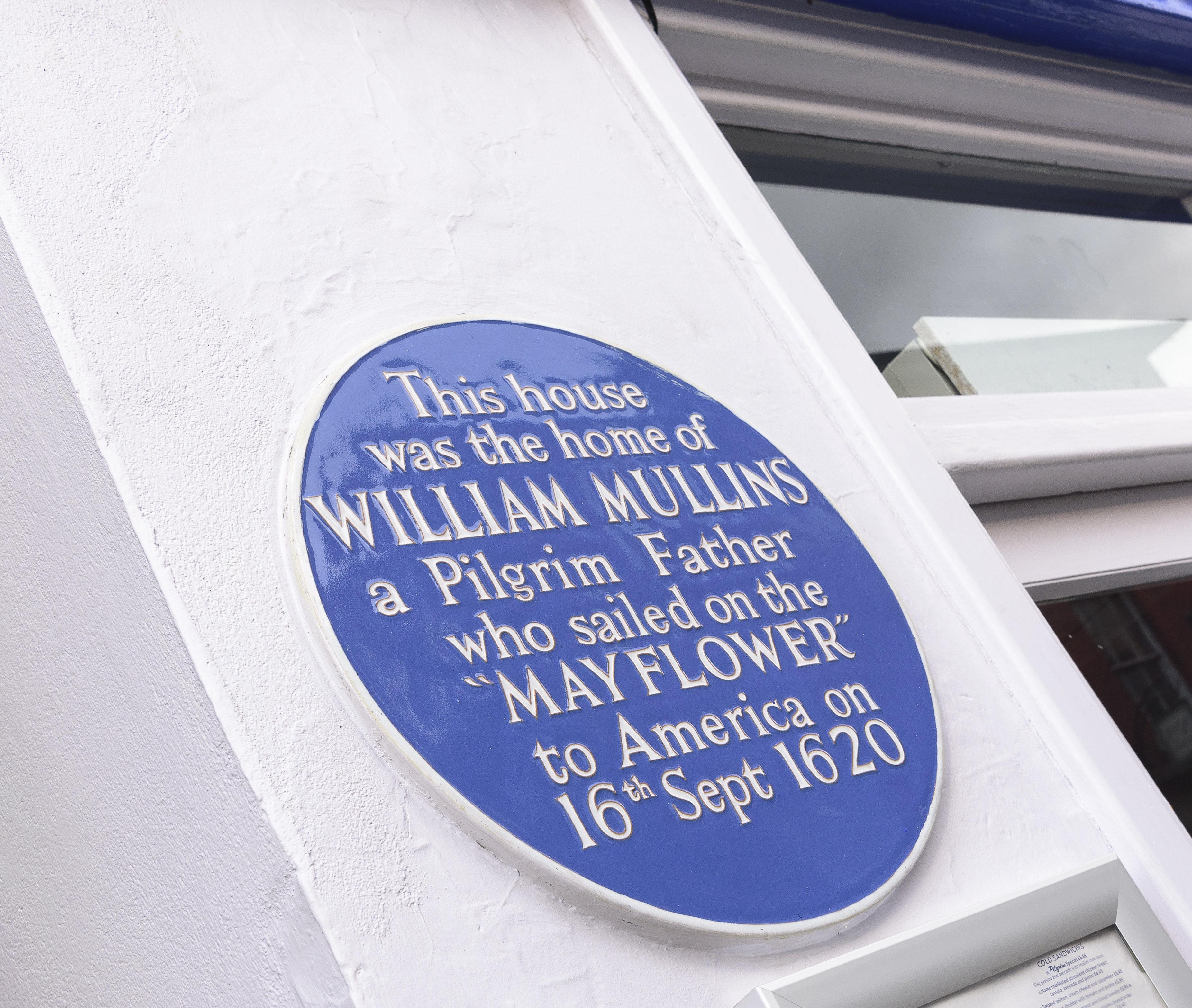
One Mayflower traveller who certainly would have been popular with his fellow passengers was William Mullins.
A prominent businessman, Mullins is believed to have run a successful shoe-making business and took with him on the ship 250 pairs of shoes and 13 pairs of boots - enough for twice the number of people on board!
William was one of six people from the town of Dorking in Surrey, together with his wife, Alice; his son, Joseph, and his daughter, Priscilla.
The Mullins family took with them to America their manservant, Robert Carter, and they were joined by another man named Peter Brown, who is thought to have been related.
Sadly, only Priscilla and Peter Brown survived that dreadful first winter.
Following the tragic death of her family, Priscilla inherited all of her father’s shares in Plymouth Colony, all of his possessions, and all of his stock of shoes
In 1622, Priscilla married John Alden, a cooper from Harwich in Essex, and the couple went on to have 10 children.
It is likely the colonists would also have taken with them plenty of clothing - including caps, garters, shirts, slippers, stockings, suits, and waistcoats.
What tools were on the Mayflower?
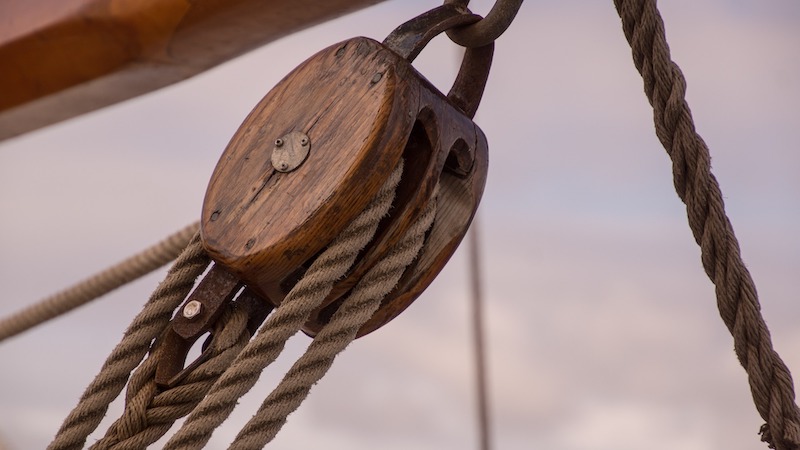
Not only were tools important for the journey across the Atlantic, but they were also needed for when the group landed in North America to start a new life.
With a view to eventually building homes and harvesting crops, the Mayflower would have been stocked with axes, chisels, hammers, handsaws, hoes, nails, shovels, spades, and many other useful items.
Of all the tools on board, though, only one turned out to be absolutely critical to the success of the Mayflower voyage.
A terrible storm near the midway point of the journey is thought to have cracked one of the huge wooden beams that supported the frame of the ship.
It was so bad that the crew came close to making the decision to return to England.
Fortunately, one of the colonists had brought with them a metal jackscrew that they had purchased in the Netherlands to help with the construction of the new settler homes when they arrived in North America.
This “great iron screw” helped raise the broken beam back into place so that the ship could continue.
Of course, the colonists would have also taken arms, such as armour, swords, belts, powder and shot in preparation for what may have been deemed hostile acts.
What household items were on the Mayflower?
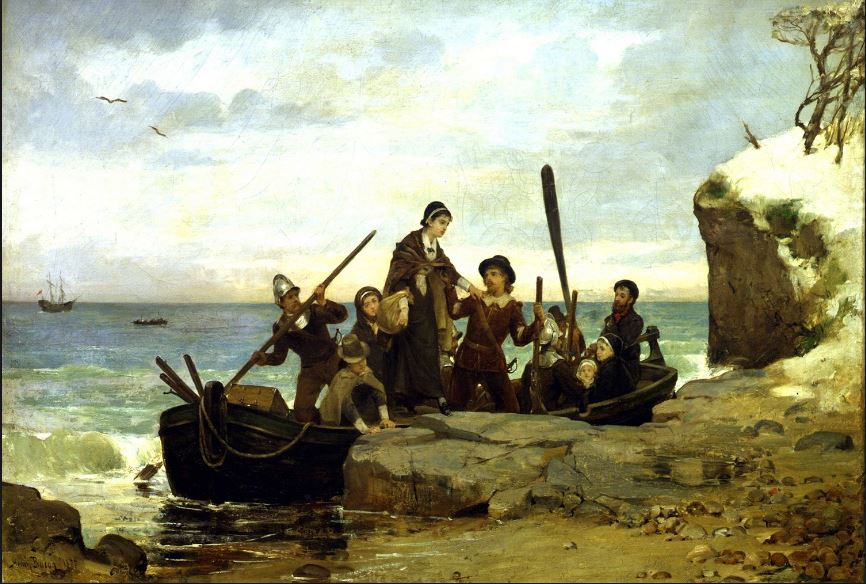
The Mayflower would have contained many items for cooking and cleaning, such as pots, pans, skillets, dishes, spoons, soap, and much more.
There would have also been bedding including sheets, rugs and blankets.
Were there any animals on the Mayflower?

Records show that two dogs joined the Mayflower passengers and crew on their historic journey across the Atlantic.
The first mention of these early canine settlers appeared in Mourt's Relation, a 17th-century publication which describes the lives of the colonists.
John Goodman, who travelled on the Mayflower, brought with him his Mastiff and English Springer Spaniel.
Though the dogs' names are not known, they have been recognised in history for helping the group to establish Plymouth Colony - becoming essential members of the settlement, providing protection and accompanying Goodman on hunting missions.
On one occasion, they even helped save their owner's life when Goodman and fellow traveller Peter Browne got lost during an early expedition.
Sign up for the latest Mayflower 400 news
You'll be the first to hear the latest Mayflower news, events, and more.
Log In
Register
Mayflower 400 Proudly Supported by our National Sponsors and Funding Partners






